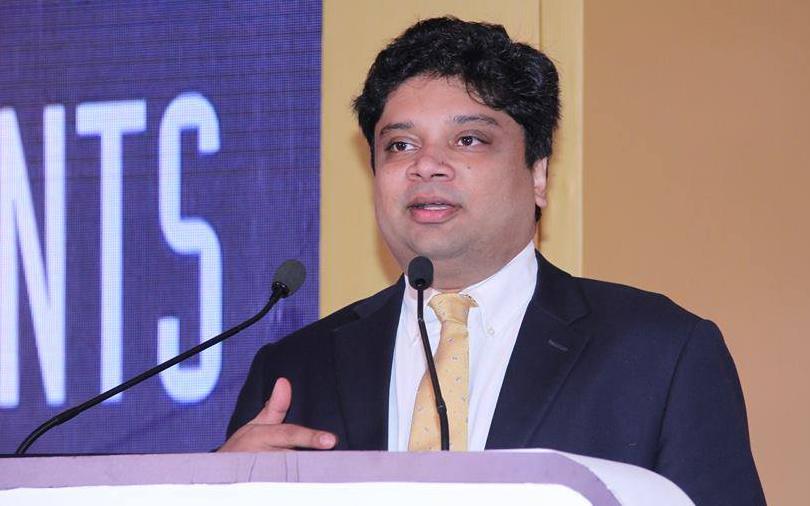The government’s move to withdraw high-value currency notes late last year gave a big push to digital transactions. But the pace now seems to be slowing as the amount of cash increases, admits Dhiraj Nayyar, officer on special duty and the head of economics, finance and commerce at the Niti Aayog, the government’s policy think tank.
Delivering a special address at the News Corp VCCircle Payments Forum in Mumbai last week, Nayyar also spoke about how cash has certain costs that digital transactions minimise. He added that there is a push from the government to digitise smaller cities. VCCircle caught up with him after his address. Excerpts:
How is the government encouraging digital transactions now that cash is coming back into the economy?
Demonetisation had various objectives but moving to digital payments was a long-run objective as it helps in tracking transactions and eliminating the black economy.
There was a huge spike in the number of digital transactions at that point (November 2016); it was bound to moderate now that cash has come back into the economy.
A lot of people tried out digital payments which they would not have done otherwise. A lot of them are happy with the experience.
Some apps like BHIM are user-friendly. We may see a time when many may not even want to use credit cards.
Demonetisation has provided a firm nudge. So, even if the numbers come down a bit, the momentum for digital is there.
The government’s role now is to spread the awareness and do advocacy. This includes what Niti Aayog did with the ‘digi-dhan’ melas in 100 cities.
With BHIM, is the government a principal player? This seems to worry some private firms.
The role of the government is that of a facilitator or an enabler. It is not a principal player. In the longer term, digital is going to be driven by banks, innovators and individuals.
Applications like BHIM and platforms like UPI are only there to provide impetus to digital growth.
What are the key challenges that remain in the push towards digitisation?
We have to try and sustain this drive towards digitisation and ensure that those who are using digital modes of payments do not move back to cash.
This may take some time though. It is not going to happen in three to four months as many people seem to think. It will take a little longer.
Like this interview? Sign up for our daily newsletter to get our top reports.






